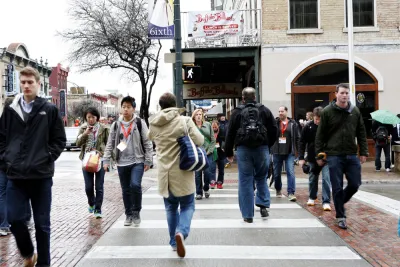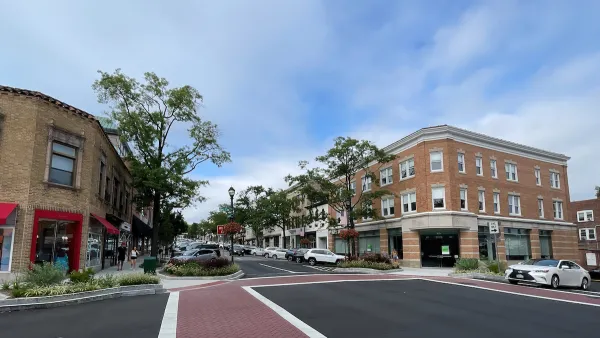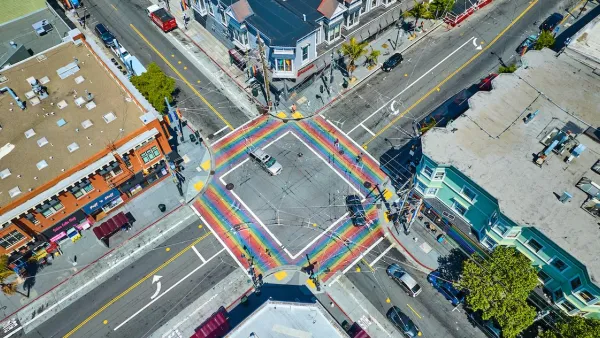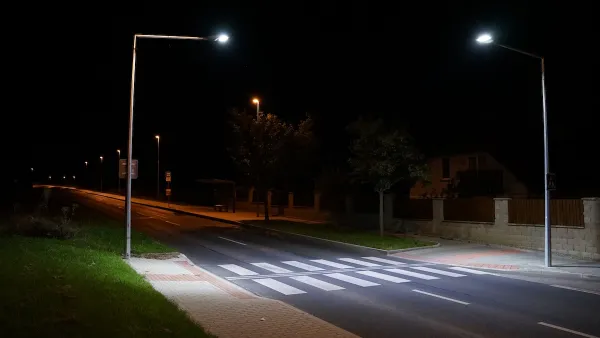Small, localized interventions such as changes to signal timing and crosswalk improvements are saving lives and improving traffic safety.

The city of Austin has completed its first round of bond-funded street safety projects as part of its Vision Zero initiative, reports Kelsey Thompson for KXAN.
The projects followed a $15 million Vision Zero allocation as part of a mobility bond passed in 2016. “Through the program, Meyer said Vision Zero has taken a more holistic approach toward transportation improvements, focusing on investments that not only benefit drivers but pedestrians, cyclists and other forms of commuters.”
The funds were focused on safety improvements such as crosswalks, shared-use paths, signal timing, and street lighting. City officials say low-cost, quick-build improvements have shown impressive effectiveness at reducing crashes, deaths, and serious injuries.
“Some of those with the most bang for their buck include traffic signal timing changes, leading pedestrian intervals (LPIs) and protected left-turn lanes,” Thompson adds. “Over the next three years, Vision Zero will be tackling a dozen more intersection safety projects courtesy of the city’s 2018 and 2020 mobility bonds.”
FULL STORY: Austin’s Vision Zero wraps 2016 mobility bond safety projects

National Parks Layoffs Will Cause Communities to Lose Billions
Thousands of essential park workers were laid off this week, just before the busy spring break season.

Retro-silient?: America’s First “Eco-burb,” The Woodlands Turns 50
A master-planned community north of Houston offers lessons on green infrastructure and resilient design, but falls short of its founder’s lofty affordability and walkability goals.

Delivering for America Plan Will Downgrade Mail Service in at Least 49.5 Percent of Zip Codes
Republican and Democrat lawmakers criticize the plan for its disproportionate negative impact on rural communities.

Test News Post 1
This is a summary

Test News Headline 46
Test for the image on the front page.

Balancing Bombs and Butterflies: How the National Guard Protects a Rare Species
The National Guard at Fort Indiantown Gap uses GIS technology and land management strategies to balance military training with conservation efforts, ensuring the survival of the rare eastern regal fritillary butterfly.
Urban Design for Planners 1: Software Tools
This six-course series explores essential urban design concepts using open source software and equips planners with the tools they need to participate fully in the urban design process.
Planning for Universal Design
Learn the tools for implementing Universal Design in planning regulations.
EMC Planning Group, Inc.
Planetizen
Planetizen
Mpact (formerly Rail~Volution)
Great Falls Development Authority, Inc.
HUDs Office of Policy Development and Research
NYU Wagner Graduate School of Public Service





























